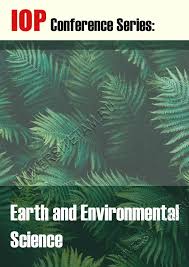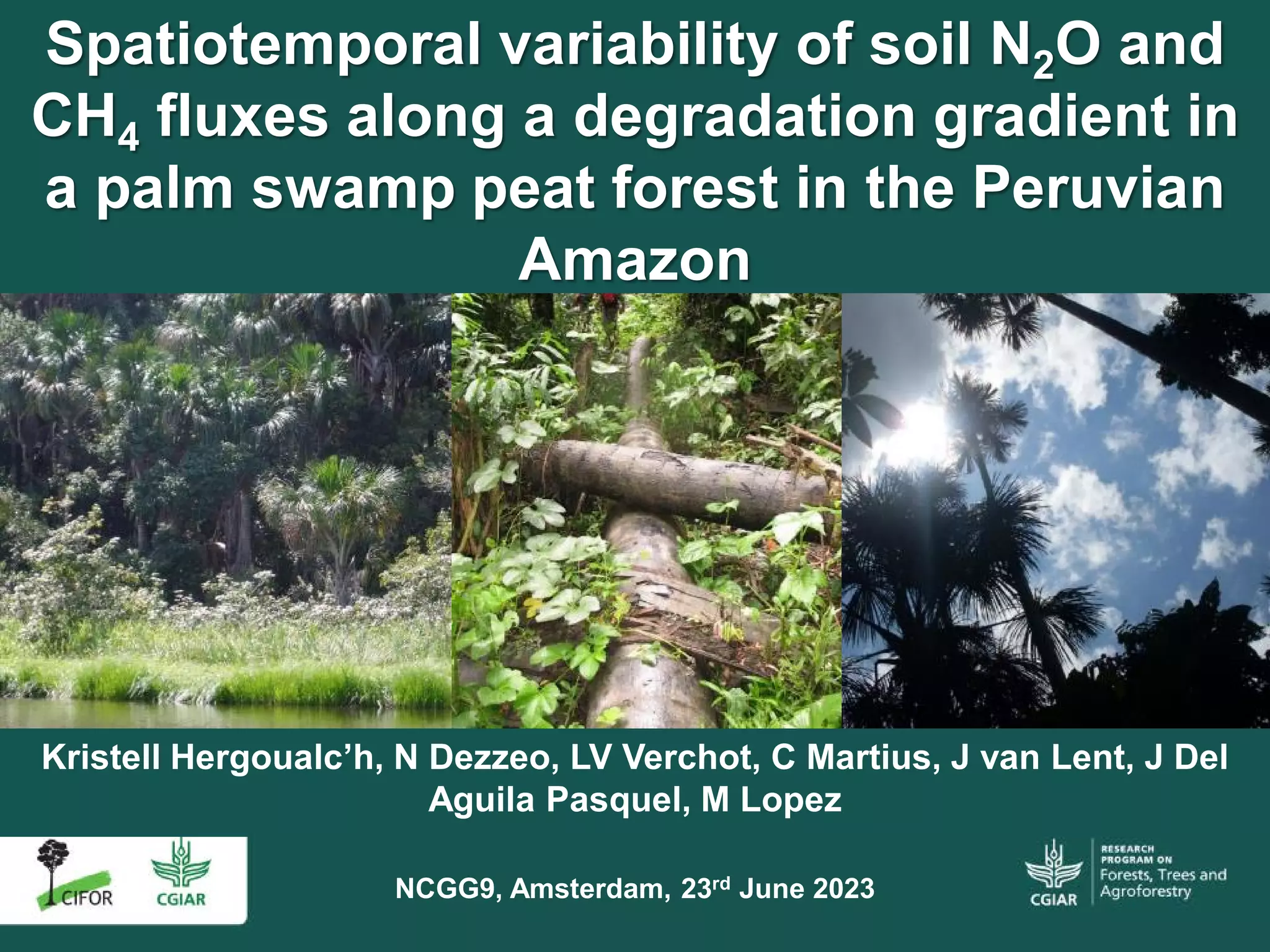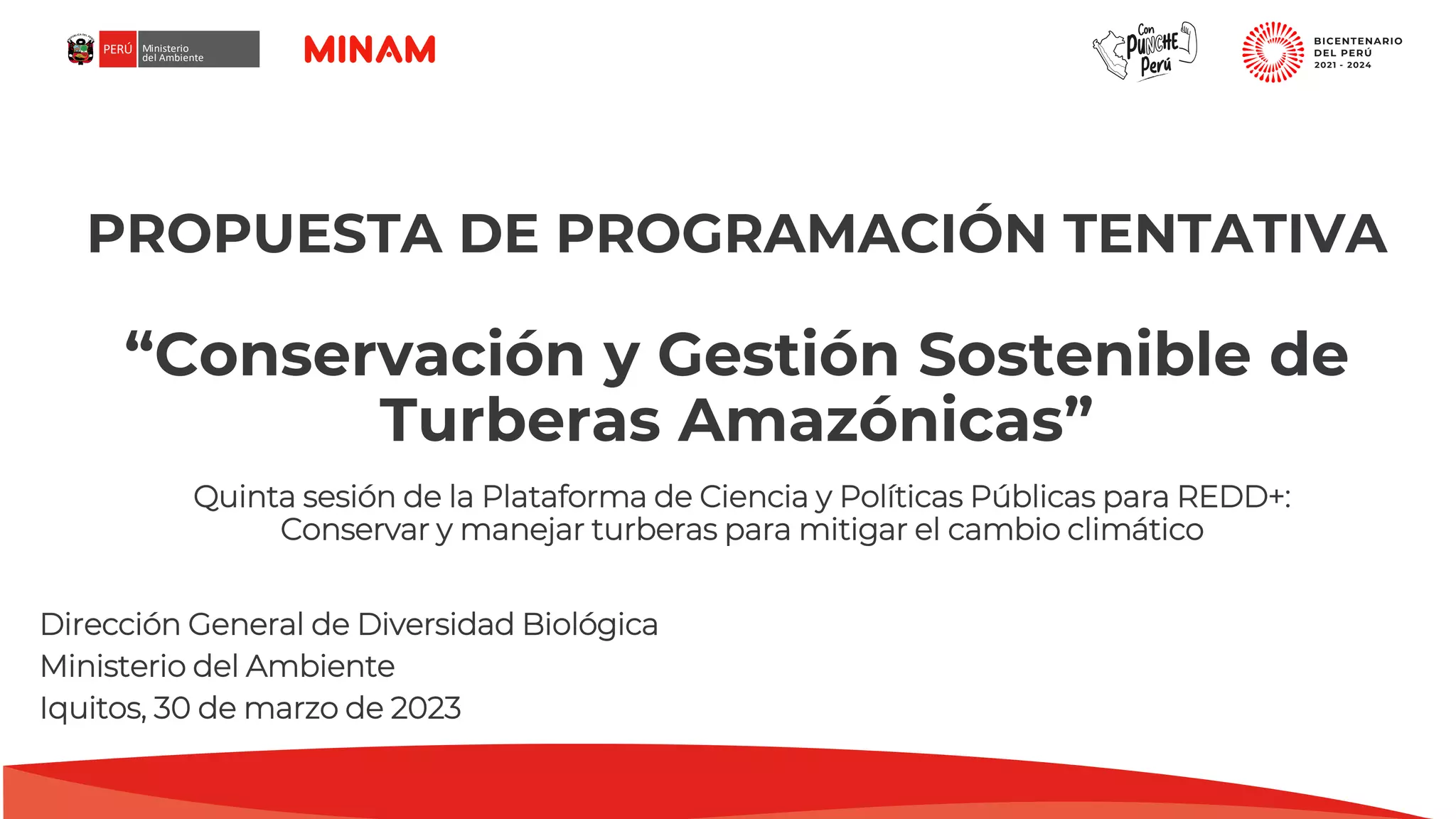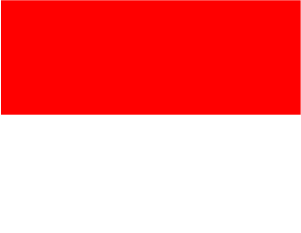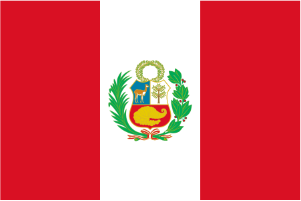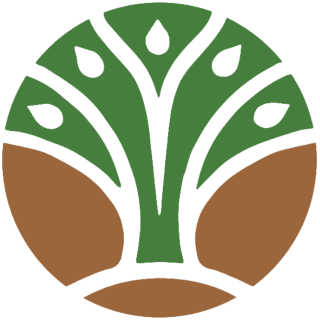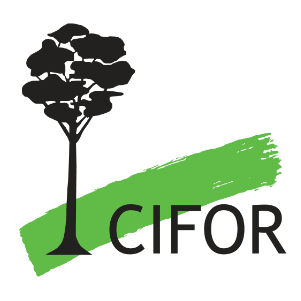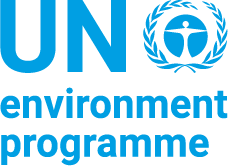
Burkholderia unamae CK43B, a member of the Betaproteobacteria that was isolated from the rhizosphere of a Shorea balangeran sapling in a tropical peat swamp forest, produces neither indole nor extracellular polymeric substances associated with biofilm formation. When cultured in a modified Winogradsky's medium supplemented with up to 1.7mMindole, B. unamae CK43B maintains its planktonic state by cell swelling and effectively degrades exogenous indole. However, in medium supplemented with 1.7mMexogenous indole and 1.0mMgallic acid, B. unamae CK43B produced extracellular polymeric substances and formed a biofilm. The concentration indicated above of gallic acid alone had no effect on either the growth or the differentiation of B. unamae CK43B cells above a certain concentration threshold, whereas it inhibited indole degradation by B. unamae CK43B to 3-hydroxyindoxyl. In addition, coculture of B. unamae CK43B with indole-producing Escherichia coli in nutrient-rich Luria-Bertani medium supplemented with 1.0mMgallic acid led to the formation of mixed cell aggregates. The viability and active growth of B. unamae CK43B cells in a coculture system with Escherichia coli were evidenced by fluorescence in situ hybridization. Our data thus suggest that indole facilitates intergenus communication between indole-producing gammaproteobacteria and some indole-degrading bacteria, particularly in gallic acid-rich environments. © 2013, American Society for Microbiology.
Download:
 file
file

- Authors: Kim, D., Sitepu, I.R., Hashidoko, Y.
- Author Affiliation: Hokkaido University, Forest Research and Development Agency
- Subjects: betaproteobacteria, co-culture system, concentration threshold, extra-cellular polymeric substances, fluorescence in situ hybridization, gammaproteobacteria, luria-bertani mediums, peat swamp forests, biofilms, cells, cytology, escherichia coli, fluorescence microscopy, polymers, self assembly, soils, polycyclic aromatic hydrocarbons, gallic acid, indole derivative, biofilm, carboxylic acid, concentration (composition), growth rate, microbial community, peatlands, rhizosphere, sapling, swamp forest, tropical forest, article, biofilm, burkholderia, chemistry, culture medium, dipterocarpaceae, escherichia coli, fluorescence in situ hybridization, growth, development and aging, indonesia, metabolism, microbiology, physiology, biofilms, burkholderia, culture media, dipterocarpaceae, escherichia coli, gallic acid, in situ hybridization, fluorescence
- Publication type: Journal Article
- Source: Applied and Environmental Microbiology 79(16): 4845-4852
- Year: 2013
- DOI: https://doi.org/10.1128/AEM.01209-13

